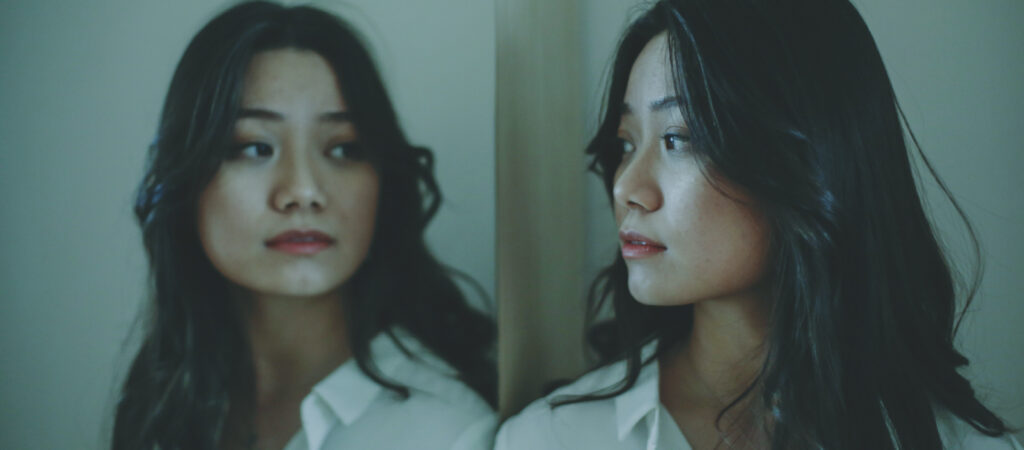How to Tell the Difference Between Depression and Bipolar Disorder

Medically reviewed by Susan Vachon, PA-C on February 4, 2022
Depression and bipolar disorder are two serious mental health conditions that sometimes have similar symptoms. That said, they are two very different conditions. It’s important to know the difference so you can get the correct treatment. What works for depression often doesn’t work for bipolar disorder, and vice versa.
If you’re looking for a little more help distinguishing your symptoms, we’ll go over the main differences between depression and bipolar disorder below. But keep in mind, only a medical provider can diagnose you with either condition.
What Is Depression?
Depression is a disorder where you consistently feel sad or down. You may feel like life is hopeless and there is no point to anything. These periods of hopelessness aren’t just fleeting moments; rather, they typically last for at least two weeks at a time.
Nurx offers prescription treatment for anxiety and depression for as little as $0 in copays or $25 per month without insurance.
When diagnosing depression, medical professionals rely on criteria from the Diagnostic and Statistical Manual of Mental Disorders (DSM-5). This is a guide by the American Psychiatric Association which details the symptoms of different mental health disorders and can help determine if a patient has depression.
According to the criteria, you need to have at least five or more of the most common depression symptoms. These include things, like being in a depressed mood or losing interest in your favorite hobbies. However, they can also include more under-the-radar things, like gaining or losing weight and having trouble concentrating.
In depression, there is no real mood swing. You pretty much feel down all the time. But that’s not entirely true when it comes to bipolar disorder.
What Is Bipolar Disorder?
Bipolar disorder is another type of mental condition where you fluctuate between states of depression and states of mania. You’ll often switch from one mood to the next without many precursors.
In addition to the depressive symptoms we mentioned above, one trademark of bipolar disorder is manic highs. You won’t get these in depression, so mania is the easiest way to distinguish between the two.
In a period of mania, you may feel like you’re on top of the world. You’ll have an inflated self-esteem and may have racing ideas and thoughts. All these different ideas mean you’re highly distracted, flitting from one activity to the next. Because you have so much energy, you won’t sleep very much.
You may also engage in riskier behaviors during mania. Things like taking drugs or having unprotected sex might seem like a good idea because you’re unable to see the consequences.
Typically, periods of mania last at least a week and can result in major problems. When you have this type of mania mixed with bouts of depression, you might have bipolar I disorder.
If your mania isn’t quite as severe as this and doesn’t last as long, it might be classified as hypomania instead. In these cases, you might have bipolar II disorder instead.
How to Tell the Difference Between Bipolar Lows and Depression
The thing about bipolar lows and depression is that they’re incredibly similar. Both can last for weeks or months, which sometimes makes it difficult to know which condition you may have.
The major thing to keep an eye out for is periods of mania. Sometimes, you don’t even realize you’re manic because it’s hard to be introspective at these times. Your ability to be a good judge of behavior is skewed, which is partly why people with mania engage in risky behaviors.
However, there is one form of bipolar depression that is distinct. Sometimes, with bipolar disorder, you can experience symptoms of depression and mania at the same time. You might feel incredibly hopeless, but also agitated and restless at the same time. You’ll be incredibly irritable and have racing thoughts, but they may just be thoughts of sadness and guilt.
This type of mixed episode will feel very different from standard depression. You might not be able to even describe how you feel because it keeps changing from one moment to the next. It’s possible to be sobbing while simultaneously saying you’re the happiest you’ve ever felt.
Having this type of episode can also put you at a higher risk for suicide. If you are experiencing a mental health crisis, please contact 911 or go to your nearest emergency department. IF YOU ARE CONTEMPLATING SUICIDE, CONTACT 911 OR THE NATIONAL SUICIDE PREVENTION LINE AT 988.
Getting the Right Diagnosis
With the right diagnosis, your depression or bipolar disorder is highly treatable. There are both depression and bipolar treatments that helps people get back to feeling like their normal selves. For most people, they involve a combination of medication, therapy, and lifestyle changes. If you want to find the right regimen to put an end to your symptoms, work with a medical professional to develop a personalized treatment plan.
This blog provides information about telemedicine, health and related subjects. The blog content and any linked materials herein are not intended to be, and should not be construed as a substitute for, medical or healthcare advice, diagnosis or treatment. Any reader or person with a medical concern should consult with an appropriately-licensed physician or other healthcare provider. This blog is provided purely for informational purposes.







